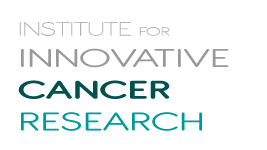Skip to content
- Patient focused trial, not medication or pharmaceutical based trial.
- Focused on exploring the best treatment option (not focused on drug approval).
- Goal to include more patients, particularly the more challenging patients who are older, failed prior therapy, have other comorbities, or weaker and not to exclude patients and pick only the ones with the best chance for success (stronger, younger, less advanced disease).
- Smaller, more cost effective, faster accrual and completion, phase 2 pilot studies.
- More nimble, no bureaucracy.
- Legitimizes a new approach to cancer treatment.
- A paradigm shift in how trials are conducted.
- Closes the gap between research and treatment.
- Patients feel they are receiving cutting edge treatments.
- Encourage others to collaborate and explore this new methodology further.
1. Prospective immunotherapy combination trial in Pancreatic cancer
- Combine anti PD-1 therapy and other immunotherapy therapeutics with low dose combination chemotherapy.
- Follow patients prospectively minimizing bias in the study.
- Drug costs will need to be negotiated with drug company.
2. Ovarian cancer prospective trial with low dose chemotherapy, targeted therapy and immunotherapy
- Impact a large patient population with refractory ovarian cancer.
- Can be applied to other gynecologic malignancies such as uterine cancer, cervical cancer and primary peritoneal cancer.
- A paradigm shift in the way trials are designed.
- A paradigm shift in the way chemotherapy is administered and combined.
3. Prospective trials in rare cancers like cholangiocarcinoma, gallbladder cancer and adrenal cortical carcinoma
4. Prospective trials in kidney cancer using a similar approach
